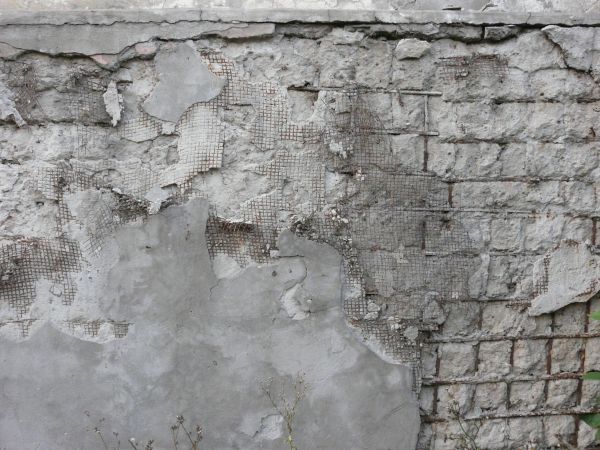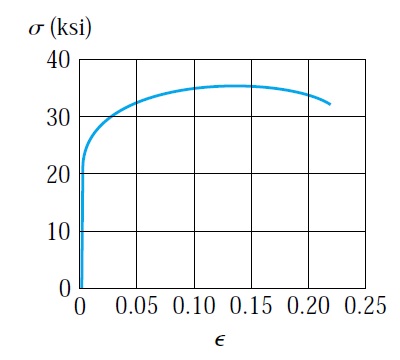HA type loading
HA type loading was introduced in 1945 in UK. HA is composed of uniform loading and knife edge loading covers all the permitted normal vehicles in Great Britain and it does not cover abnormal vehicles. normal vehicles referred to AW(authorized weight). This covers the vehicle of the maximum gross weight of 44 tons. these vehicles are represented by a uniformly distributed load and knife edge load as shown in figure no:1.
Figure 1
HA type load has been enhanced to cover:
- impact loads: due to the impact of vehicle wheels with potholes or uneven road surface
- overloading
- multiple vehicles occupying the width of the road lane
The magnitude of uniformly distributed loads depends on the loaded length. determined from the influence line. for a simply supported beam, the length is equal to span length.
UDL W=316*(1/L)^0.67 KN/M for L<=50m
UDL W=316*(1/L)^1.0 KN/M for 50<L<1600
Then the UDL multiplied by β (lane factor) so the obtained value will be for a notional lane. if the required load to be in KN/m2 then it will be divided by notional lane width bL.
The knife edge load should be multiplied by β also. The KEL or knife edge load shall be positioned to produce the worse effects on the span.
Example: calculate HA for simply supported span of 30 m length and 6 m carriageway and β=0.95?
Width of notional lanes=6/2=3 m
loaded length=30m
UDL W=316*(1/L)^0.67 KN/M for L<=50m
=32.36KN/m(per notional lane)
KEL W=120 KN/M/m(Per notional lane)
Note: For loaded lengths less than 20m the load is proportioned to a standard lane width of 3.65m, i.e. 0.274bL = bL/3.65.
now the load per meter width
UDL W=(32.36*β)/notional lane width=32.36*.95/3=10.25kn/m
KEL W=(120*0.95)/3=38kn
















Comments
Post a Comment